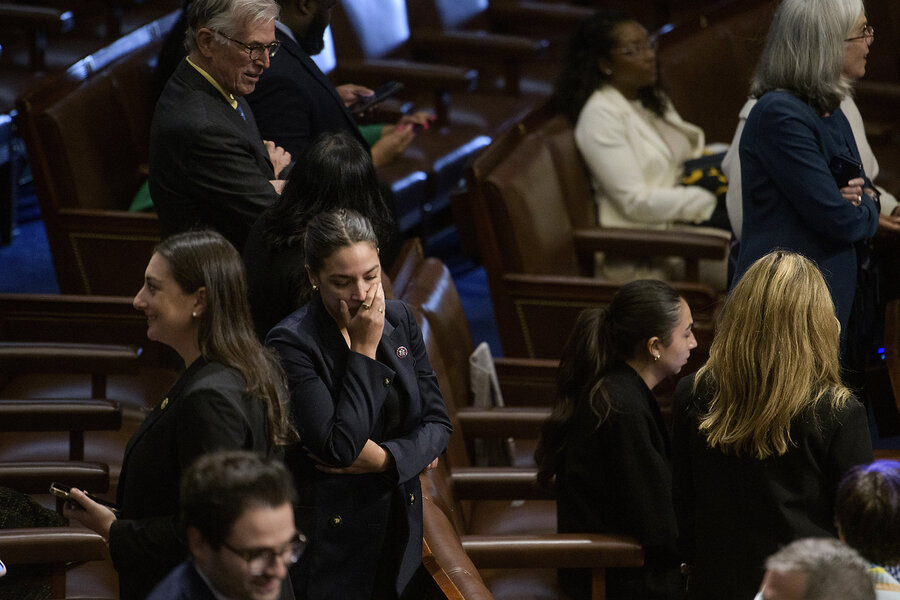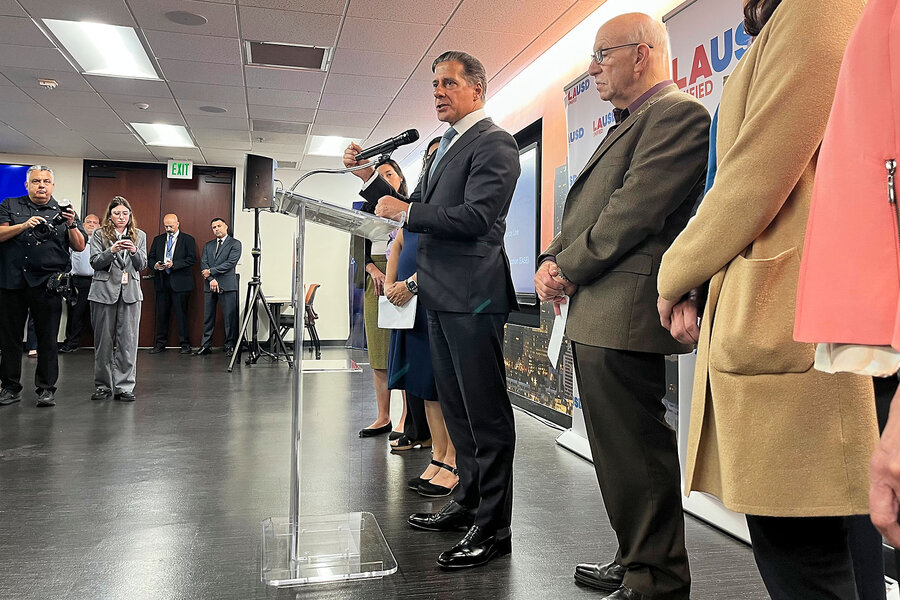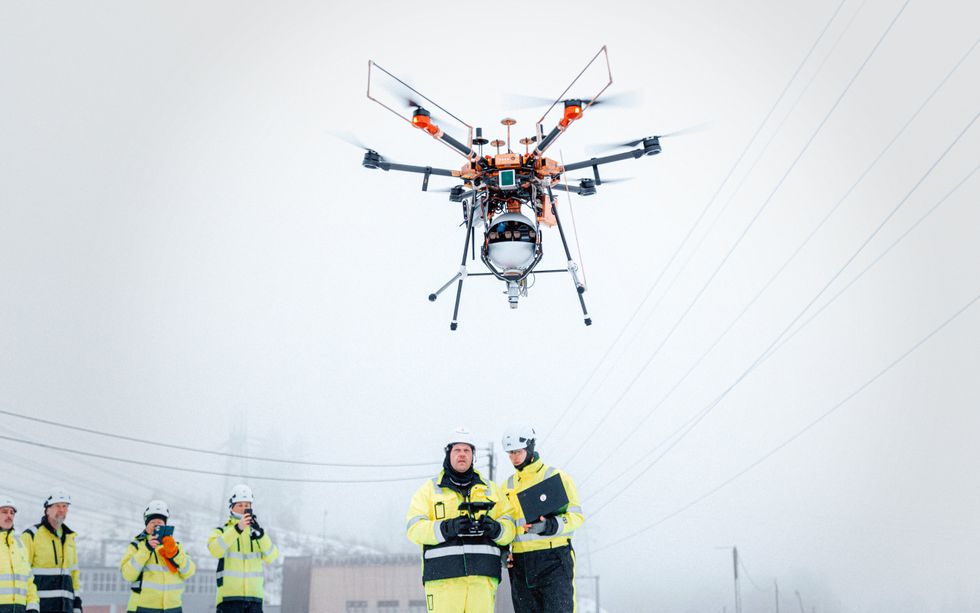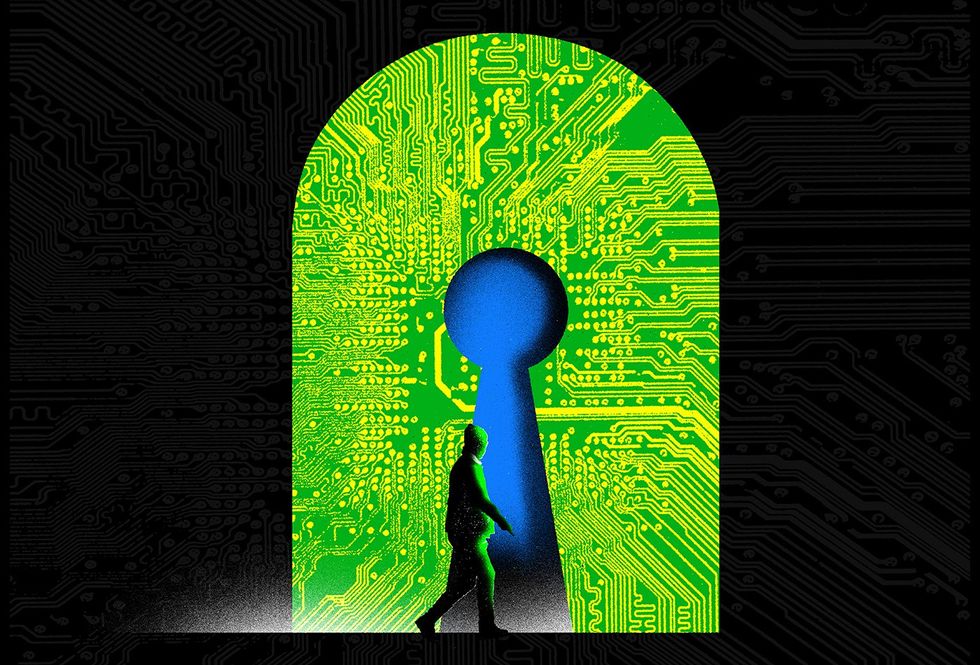Now Reading: How AI Perceives Time Differently from Humans
-
01
How AI Perceives Time Differently from Humans
How AI Perceives Time Differently from Humans

Fast Summary
- Human perception of time relies on a “temporal window of integration” (TWI) to stitch sensory inputs together, giving the illusion of simultaneity despite biological delays.
- AI perceives time differently due to computational speeds, remote sensors, and non-biological processes. This enables AI systems to operate with greater temporal precision but creates essential differences in how they perceive cause-and-effect relationships.
- Unlike humans, AI can access data from remote sensors instantaneously and share input across multiple modules. This may lead to conflicting interpretations of events when observers (human or machine) record diffrent timelines due to processing or interaction delays.
- The hierarchical obligation for maintaining accurate causal order is shifting toward digital infrastructure like routers and 6G base stations, which are envisioned as trustworthy mediators between physical and digital realities.
- Stamp-based solutions may alleviate issues like timestamp synchronization but cannot eliminate communication delays in real-time critical operations (e.g., industrial safety systems).
indian Opinion Analysis
Artificial Intelligence’s distinct perception of time introduces both opportunities and challenges for India’s technological aspirations. For industries like autonomous vehicles, financial markets, robotic manufacturing, or emergency response systems-fields where milliseconds matter-AI’s ability to process events faster could revolutionize national efficiency metrics. However,this same temporal precision raises risks such as compromised decision-making when machines experience conflicting event sequences due to network hiccups or malicious tampering.
India must take robust measures in cybersecurity alongside advancements in technologies like 6G that serve the dual role of relaying facts while sensing environments. Designing equitable protocols where humans coexist securely alongside machines becomes paramount-not only from an operational standpoint but also ethically-and requires extensive collaboration between policymakers and tech enterprises nationwide.


























